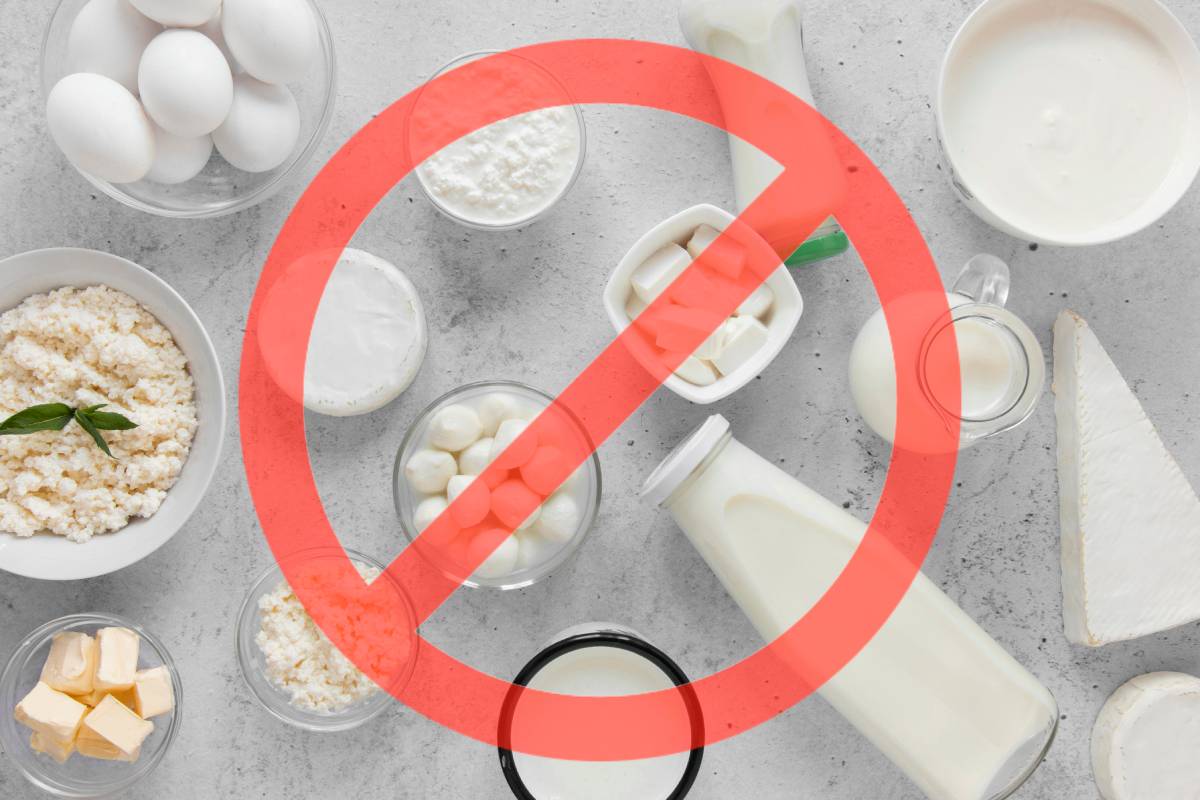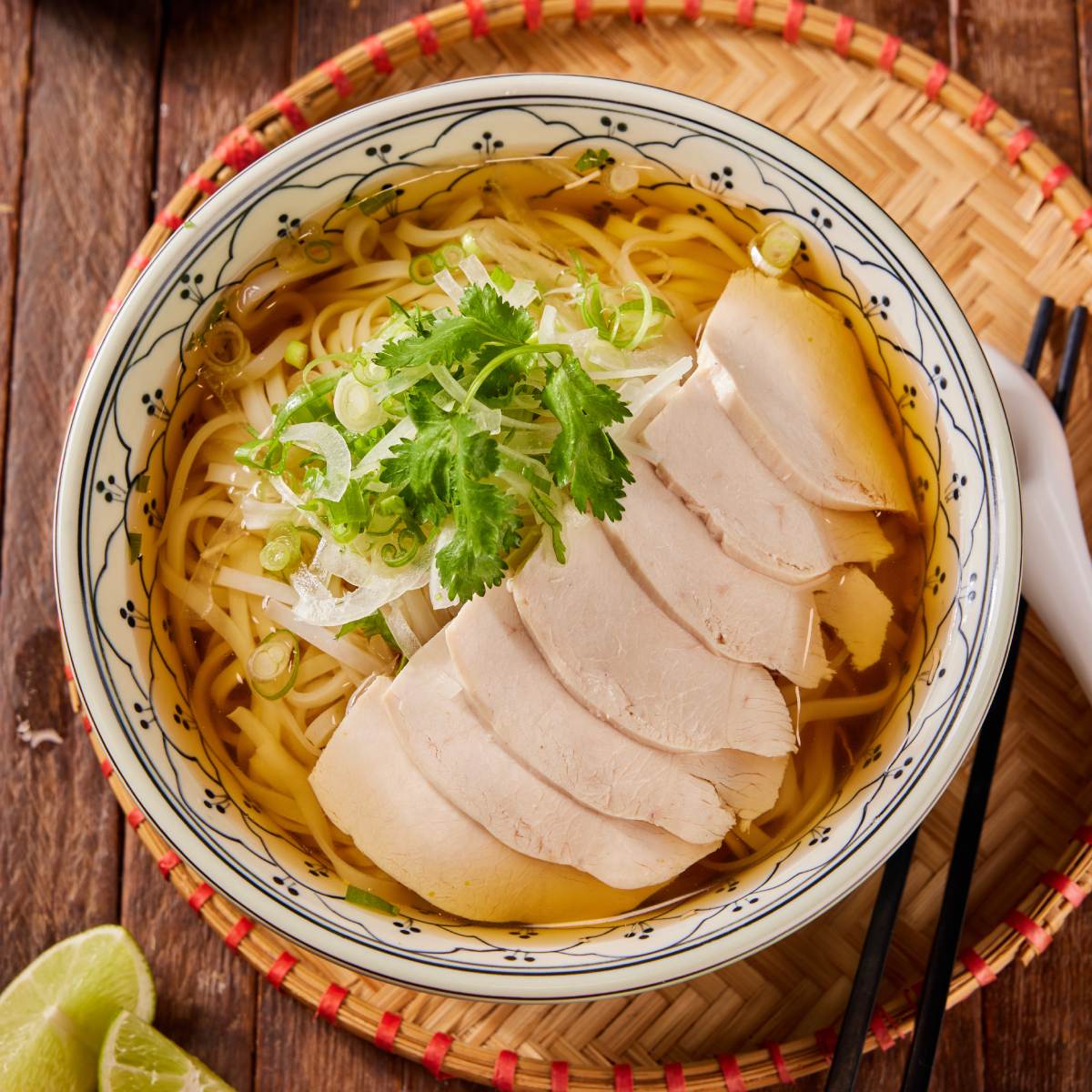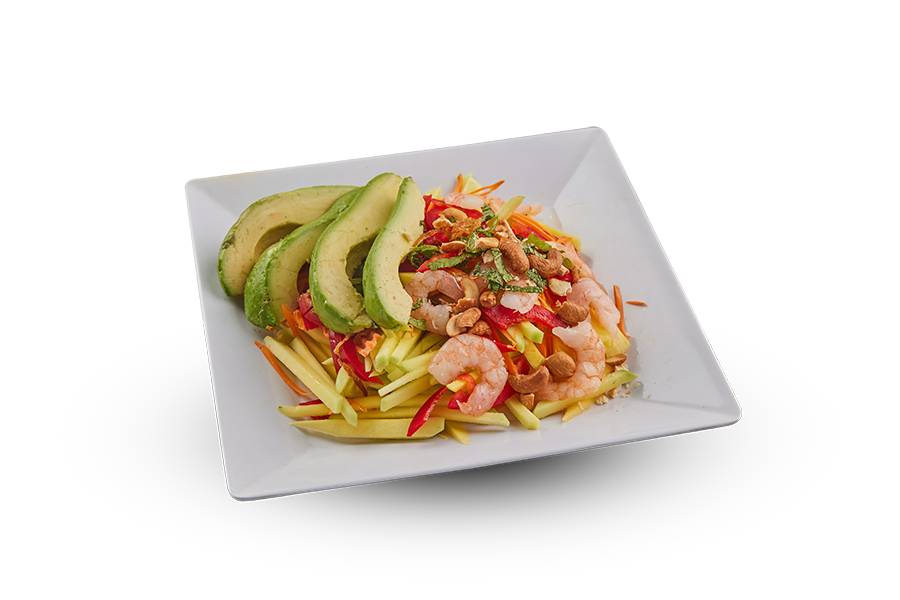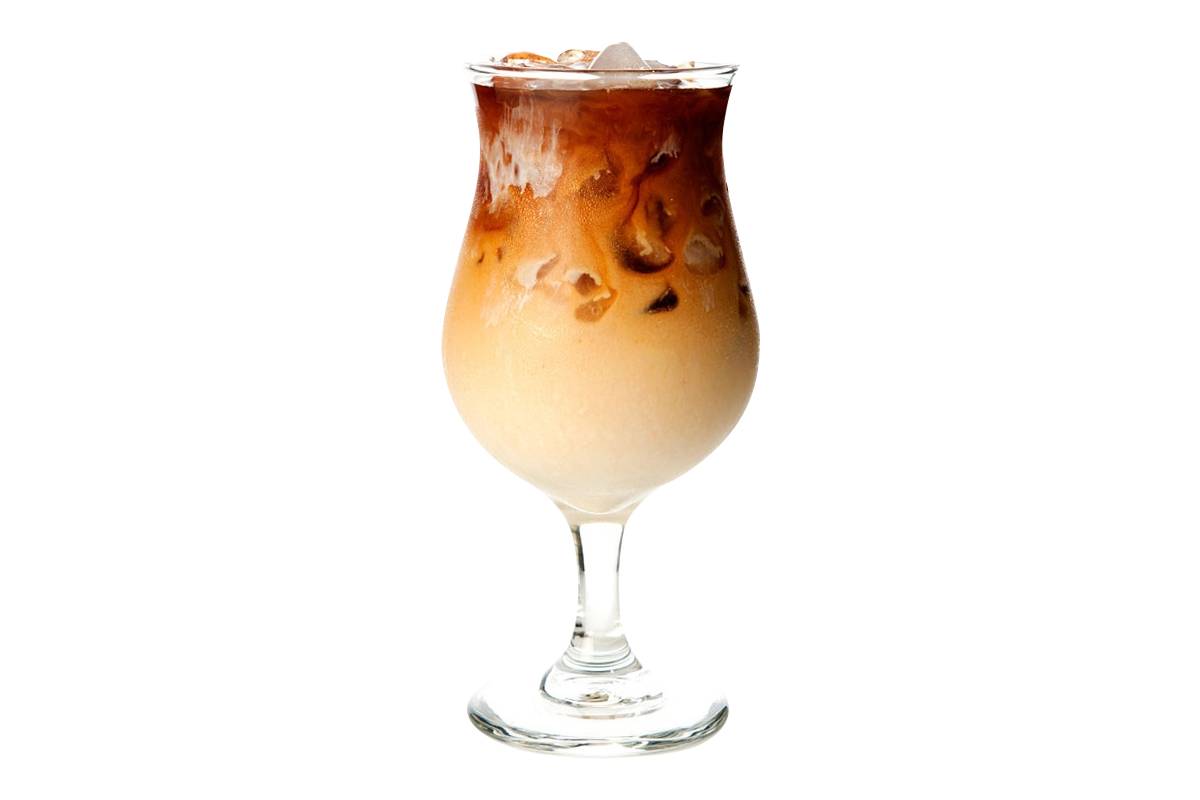What is Pork Blood Jelly Congee (Cháo Huyết)?
Cháo Huyết is a variety of congee, a type of rice porridge, made with pork blood jelly, pork bones, and aromatic seasonings. The star of this dish is the huyết, or blood jelly, a coagulated mixture of pork blood that is cooked to a gelatinous texture. This dish is considered a hearty meal, often enjoyed as breakfast or lunch in Vietnam.
Congee, or cháo, is a common dish in several Asian countries and can be prepared in a variety of ways depending on local ingredients and preferences. In Vietnam, cháo can be made with a variety of meats, seafood, and offal, with pork blood jelly being a favored addition due to its smooth texture and the rich flavor it imparts.
Nutritional Value of Pork Blood Jelly Congee
Cháo Huyết is more than just a comfort food; it’s packed with nutrients. Pork blood jelly is rich in protein and iron, making it beneficial for individuals who need to boost their hemoglobin levels. Here are some key nutritional aspects:
- Pork Blood Jelly: High in protein, low in fat, and an excellent source of iron, which is crucial for preventing anemia. Pork blood is also a good source of riboflavin (vitamin B2), which aids in maintaining healthy skin and mucous membranes.
- Congee (Rice Porridge): Provides carbohydrates, offering sustained energy throughout the day. It’s also easy to digest, making it suitable for people with digestive issues.
- Ginger and Herbs: Ginger and other Vietnamese herbs used in the recipe, like cilantro and scallions, add a dose of antioxidants and anti-inflammatory compounds.
According to the USDA, 100 grams of pork blood provides around 10 grams of protein and approximately 20 mg of iron, covering a significant portion of the recommended daily iron intake, especially for individuals who are prone to anemia or iron deficiency.
Ingredients for Pork Blood Jelly Congee (Cháo Huyết)
Before we start the cooking process, gather all the necessary ingredients. To make an authentic Cháo Huyết, you will need the following:
For the Congee Base:
- 1 cup of jasmine rice (or broken rice)
- 8 cups of water or pork broth
- 500g pork bones (for broth)
- 200g pork meat (optional, for additional texture)
- 1 thumb-sized piece of ginger, thinly sliced
- 2-3 cloves garlic, smashed
- 1 tablespoon fish sauce
- Salt and pepper to taste
For the Pork Blood Jelly:
- 200g pork blood (available at Asian markets)
- 1 tablespoon salt
- 1 teaspoon lime juice
For Garnishing:
- Fresh cilantro, chopped
- Scallions, finely sliced
- Fried shallots
- Chili slices (optional)
- Black pepper
- Bean sprouts (optional)

Step-by-Step Guide to Making Pork Blood Jelly Congee (Cháo Huyết)
Now that you have your ingredients ready, let’s go step by step through the process of making Cháo Huyết.
Step 1: Preparing the Pork Broth
The foundation of a good Cháo lies in its broth. Pork bones provide a rich and flavorful base for the congee.
- Blanch the bones: Bring a pot of water to a boil and blanch the pork bones for 3-5 minutes. This removes impurities and gives you a cleaner broth.
- Simmer the broth: Drain and rinse the bones, then place them in a clean pot. Add 8 cups of water, the ginger slices, garlic cloves, and a pinch of salt. Bring to a boil, then lower the heat and let the broth simmer for about 1.5 to 2 hours. The slow simmer will extract the flavors from the bones.
- Strain the broth: After simmering, strain the broth to remove the bones and aromatics. This broth will be the base of your congee.
Step 2: Making the Rice Porridge (Congee)
While the broth is simmering, you can prepare the rice for the congee.
- Rinse the rice: Rinse the rice thoroughly to remove excess starch.
- Cook the rice: In a large pot, add the strained pork broth and the rinsed rice. Bring to a boil, then reduce the heat to low and simmer. Stir occasionally to prevent the rice from sticking to the bottom. Cook for about 45 minutes to 1 hour, or until the rice breaks down into a thick, smooth porridge.
- Season the congee: Add fish sauce, salt, and pepper to taste. If you prefer a richer flavor, you can also add some thin slices of pork meat at this stage, allowing them to cook in the hot congee.
Step 3: Preparing the Pork Blood Jelly
Pork blood jelly may sound daunting if you’re new to it, but it’s quite simple to prepare. The key is to coagulate the blood properly.
- Coagulate the pork blood: In a bowl, mix the pork blood with salt and lime juice. Stir gently to combine. The lime juice helps the blood coagulate faster and gives it a firmer texture.
- Steam the blood: Pour the blood mixture into a shallow dish or mold. Steam it over medium heat for about 20-25 minutes, or until the blood sets and forms a firm jelly-like texture.
- Cool and cut the jelly: Once the pork blood jelly has cooled, cut it into bite-sized cubes. These jelly cubes will be added to the congee later.
Step 4: Assembling the Cháo Huyết
With your congee and pork blood jelly ready, it’s time to bring everything together.
- Add the pork blood jelly: Gently stir the pork blood jelly cubes into the simmering congee. Allow the cubes to warm up in the congee for about 5 minutes.
- Garnish and serve: Ladle the congee into bowls and garnish with fresh cilantro, scallions, fried shallots, and a dash of black pepper. For added heat, sprinkle chili slices on top. Serve the congee with bean sprouts on the side for a refreshing crunch.
The Cultural Significance of Cháo Huyết in Vietnam
Cháo Huyết is more than just a nourishing dish; it’s steeped in cultural tradition. In Vietnam, congee is often associated with health and recovery. It’s commonly eaten when someone is sick or in need of comfort food, as the soft texture and warm broth are easy on the stomach.
Pork blood jelly, while not as common in Western cuisines, is a beloved ingredient in many Asian cultures. In Vietnam, it is valued for its rich flavor and nutritional benefits, particularly its high iron content. Cháo Huyết is often enjoyed as a breakfast dish in local eateries, where people gather to start their day with a warm, filling bowl of congee.
Fun Fact:
Pork blood jelly isn’t limited to congee. In Vietnam, you can also find huyết in bún bò Huế (spicy beef noodle soup) and other regional soups, adding a distinctive texture and flavor to various dishes.
FAQs About Pork Blood Jelly Congee
-
Is pork blood jelly safe to eat?
Yes, pork blood jelly is safe to eat as long as it’s prepared properly. The steaming process ensures that the blood is fully cooked and coagulated. It’s important to source your pork blood from a reputable market to ensure freshness and quality.
-
Can I make this dish with other types of blood?
While pork blood is the most common type used in Cháo Huyết, you can substitute it with other types of blood, such as chicken or duck, depending on availability and personal preference.
-
How long does pork blood jelly last?
Pork blood jelly should be consumed fresh, preferably on the same day it’s made. If you have leftovers, store them in an airtight container in the refrigerator for up to two days. Reheat the jelly in the congee before serving.
-
Can I freeze pork blood jelly?
Freezing pork blood jelly is not recommended, as it may alter the texture, making it less palatable when thawed.
Conclusion: Try Cháo Huyết at Home
Pork Blood Jelly Congee (Cháo Huyết) is a dish that offers a blend of tradition, nutrition, and unique flavors. While it may be unfamiliar to some, it’s a staple in Vietnamese cuisine that brings comfort and nourishment to those who enjoy it.
Here are some delicious food and drinks to try when ordering from PHO restaurants in Toronto:
Hanoi Style Vermicelli (Bún Chả Hà Nội)
VermicelIi Noodle in Tomato Soup (Bún Riêu)
House Special Beef Noodle Soup (Phở Đặc Biệt)
Spicy Hue Vermicelli Noodle in Soup (Bún Bò Huế)






















